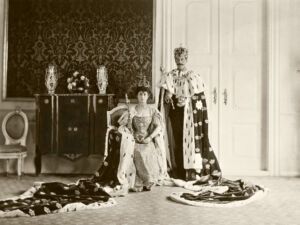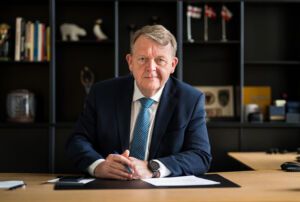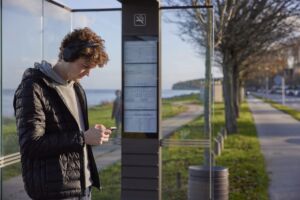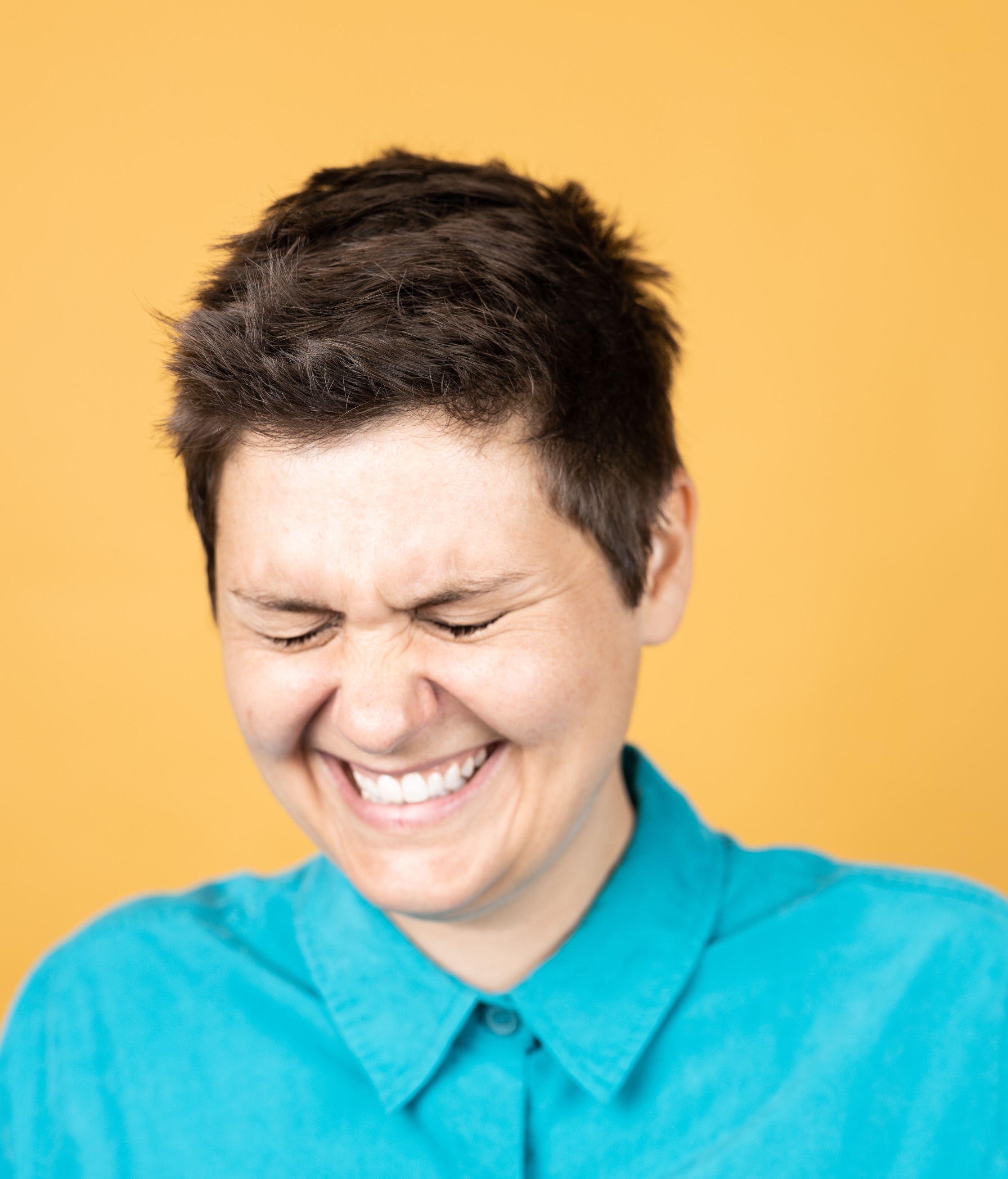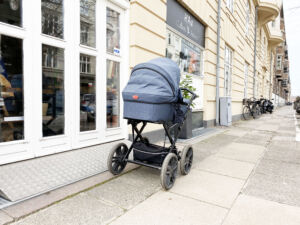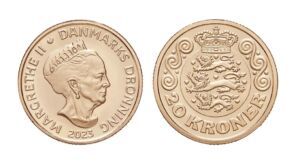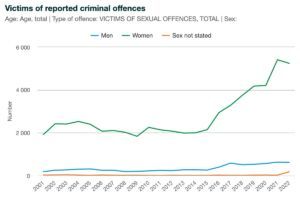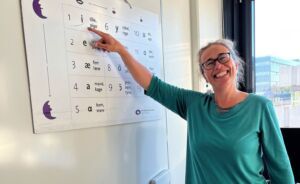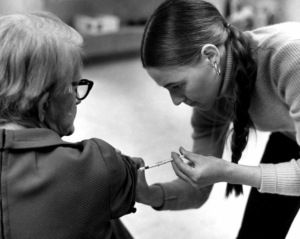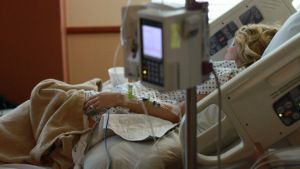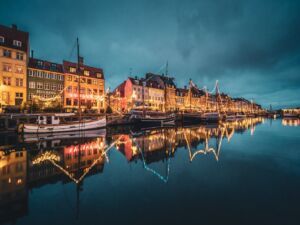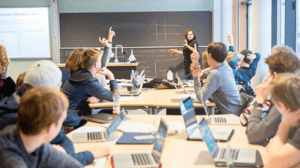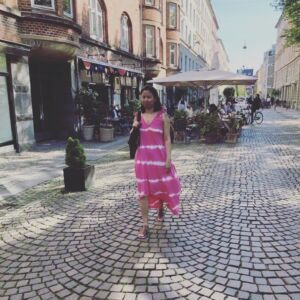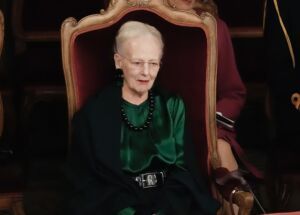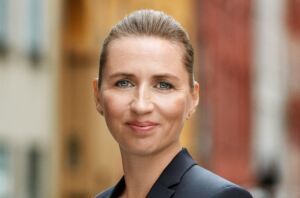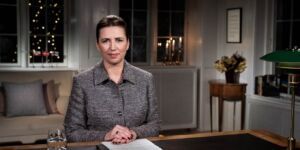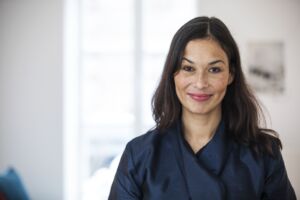News
City promoting new cultural area in canal district
This article is more than 9 years old.
Cultural institutions and attractions hope to create a cutural oasis in the heart of the city

Explore the attractions of Copenhagen’s new culture district (photo: National Museum of Denmark)
A number of Copenhagen attractions, exhibition centres and cultural institutions have joined forces to transform the canal district around Slotsholmen and the surrounding neighbourhoods in the heart of the Danish capital into a new cultural district.
“The cultural district is an oasis of culture where a diversity of the country’s democratic institutions, attractions, cultural institutions, historic spaces and magnificent architecture create a beautiful union both indoors and outdoors,” said Per Kristian Madsen, the head of the National Museum of Denmark.
“There is everything from rollercoasters and Roman sculptures to the Constitution and old books, and our vision is that the cultural district becomes an even more attractive place to visit.”
Attracting tourists
The increased focus on promoting this part of the city as a cultural district should ensure that Copenhagen strengthens its position in the global competition for the growing number of tourists who enjoy exploring big cities.
In 2014, a formalised network of strategic partnerships was formed that includes, among others, the Danish Architecture Centre, the Danish Jewish Museum, the Royal Library, the National Museum, Ny Carlsberg Glyptotek, Tivoli and Christiansborg.
Just getting started
The ambition of the network is to boost the culture life in the neighbourhood through joint marketing and branding as well as urban space development, such as improved sign-posting, street-lighting, café services and spaces for recreational activities around the district.
“We are just getting started. For now it’s about formulating specific projects and trying to implement them in the coming years as we receive support and funding,” explained Madsen.
One of the first events that will take place in the cultural district is the ‘Copenhagen Urban Trail’, a 10 km running competition organised by the Danish Architecture Centre on September 25.

